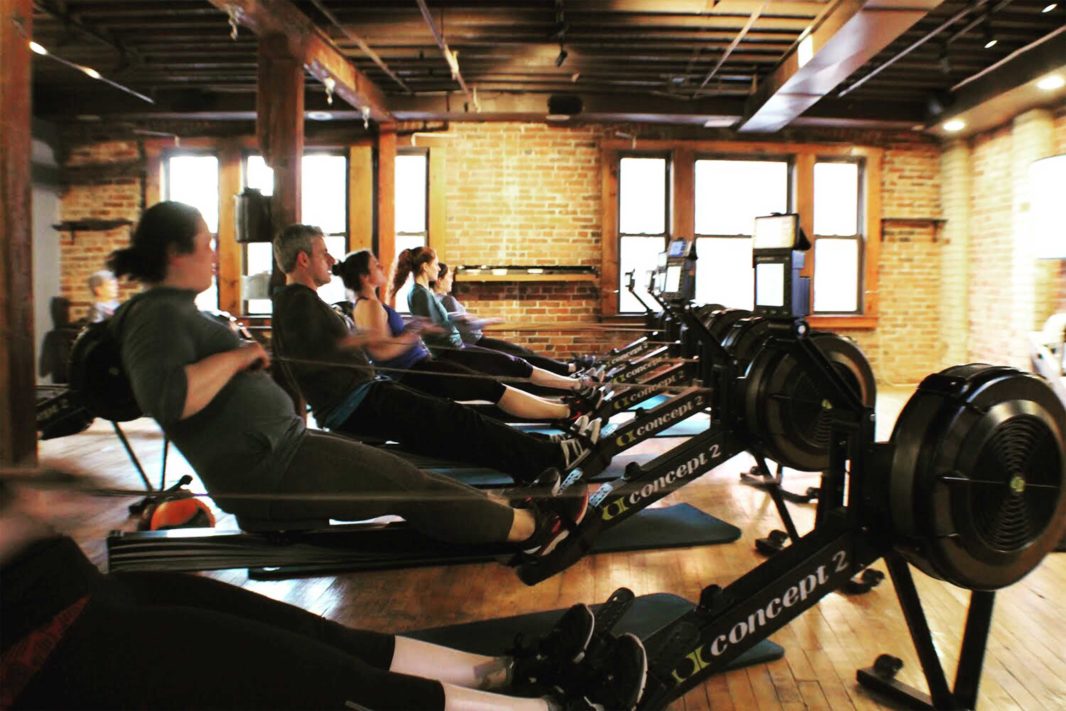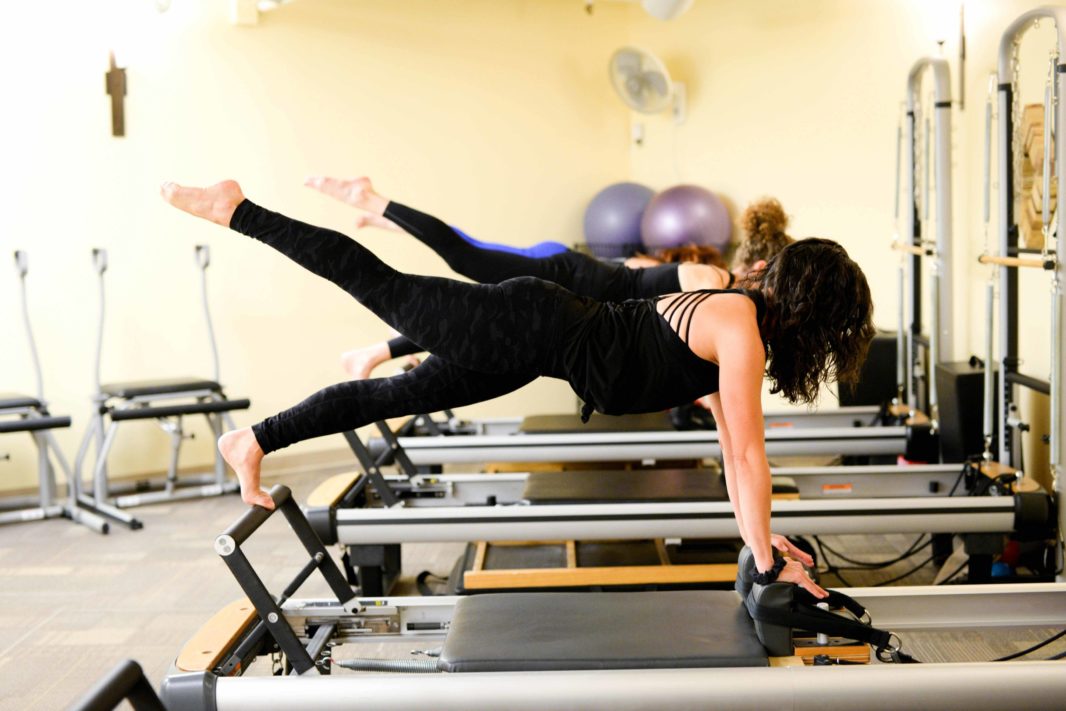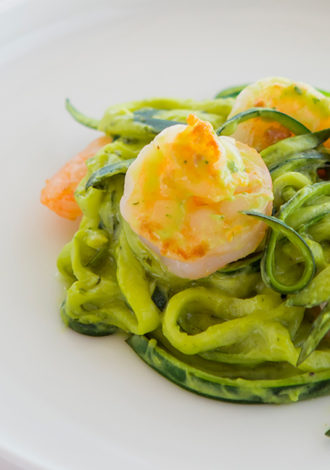Being a strong woman is a full-time, multi-faceted job. Are you up for the challenge?
Strong mind. Check. Strong sense of self. Check. Strong opinions. Check.
But, keeping your body just as powerful as your being is equally as important. When you don’t have a lot of time, you’ve got to make the most of your workouts. We’ve highlighted three popular methods — two favorites and one rising trend — to help keep you on track.
Workout: Pilates
To get to the center of Pilates, you have to work just that — your center or core.
“[Pilates] exercises primarily target core muscles, which consist of the deep abdominal muscles and muscles closest to the spine,” explains Dani Miller, director of pilates, barre and yoga at Fitness Unlimited in Milton. “In order to achieve control of your core and promote balanced muscles, the exercises secondarily integrate the trunk, pelvis and shoulder girdle creating a full body workout.”
There are two ways to experience the workout — on the mat or on one of the apparatuses designed by Joseph Pilates.
“Mat work class requires a lot more support from a person’s own body, making it challenging on the deep-core stability muscles,” explains Miller. The Reformer (the most commonly used apparatus) allows you to target an area quicker and more intensely, due to the different loads of each spring option.
“Both provide full-body workouts that result in increased strength, improved muscular balance and stability to help support those aging joints.”
Workout here:
Workout: Barre
You might achieve a ballerina’s lean, lovely physique, but tutus need not apply for this kick-ass exercise. A favorite among women, barre is true, full-body fitness, with an emphasis on arms, legs, glutes and core. Although barre is considered low-impact on your joints, it still provides an excellent workout.
“You can most definitely get a rigorous workout without a high cardio component,” says Rachel Dori, owner of Pure Barre studios in Newton, Wellesley, Brookline and Dedham. “We push all the muscle groups to exhaustion and then stretch them out.”
Barre incorporates some of the same movements seen on stage (hello, plié and demi-pointe), fatiguing muscles via tiny actions and high repetition. Some workouts incorporate add-ons, such as resistance bands and small exercise balls.
“If you can hold onto a barre, you can do Pure Barre. People of different physical abilities or needs can work out alongside each other and push themselves to their own limits.” She adds, “This makes for a beautiful community to support each other.”
Workout here:
Boston Ballet ($20 drop-in adult classes cover simple barre and centre exercises)
Pure Barre

Courtesy Power Rowing
Rowing uses 80 percent of your body’s muscles.
Workout: Rowing
It might look simple, but the motion that propels a craft across the water doesn’t come intuitively, according to Bryan Fuller, owner of Power Rowing in Brookline.
“[Rowing] takes a lot of practice to get it right,” he says, of the workout that’s on its way up. “When done correctly, roughly 80 percent of all muscles are utilized. Few machines can achieve the high-intensity heart-rate increase like the indoor rowing machine can, because it utilizes so many muscles, which require so much blood and oxygen.”
Picture a single row. The initial push-off employs almost all of the leg muscles, primarily quads, glutes and hamstrings. Swing the torso back, and you’re using your entire core. As you pull back your arms to complete the motion, you tap into all that power in your traps, rhomboids, lats, biceps, triceps, deltoids and pectorals.
“Slide forward (called Recovery), and you employ hip flexors, rectus femoris and iliopsoas,” he adds.
Indoor rowing is also considered second only to power lifting as the best exercise for bone density. “You get the most bang for your buck, fitness-wise, and people are starting to take notice.”
Workout here:
Power Rowing



 3 min read
3 min read


